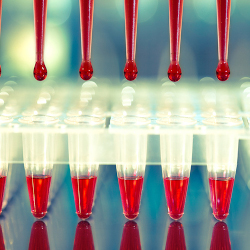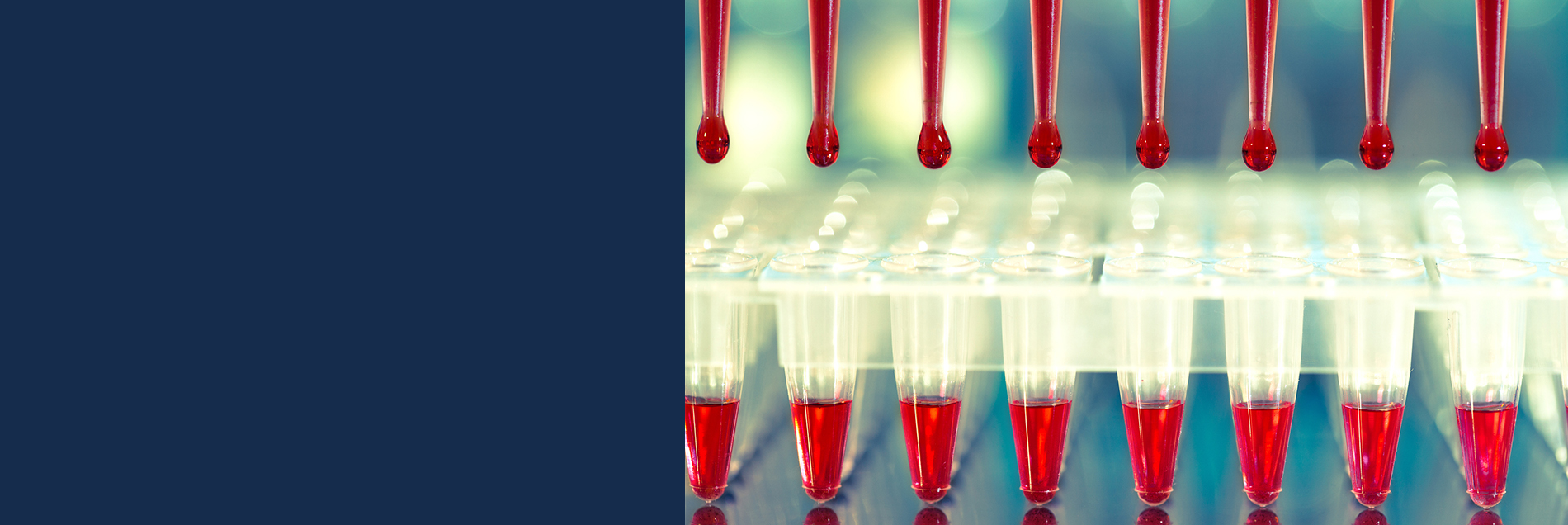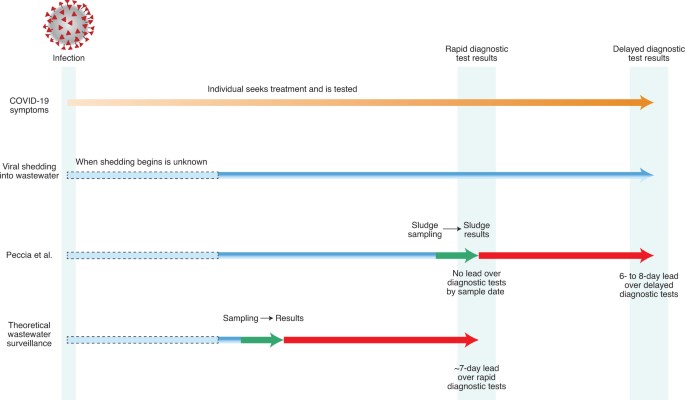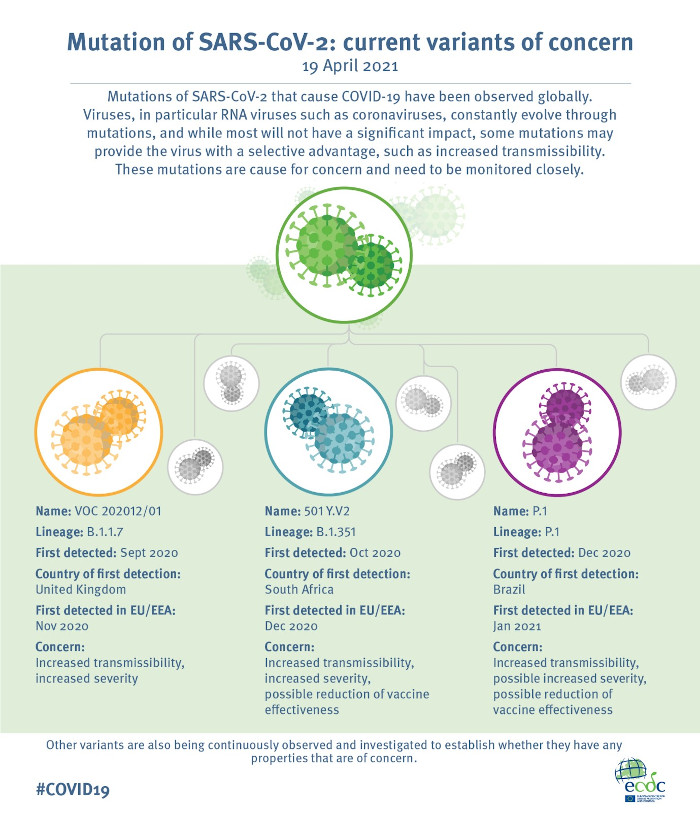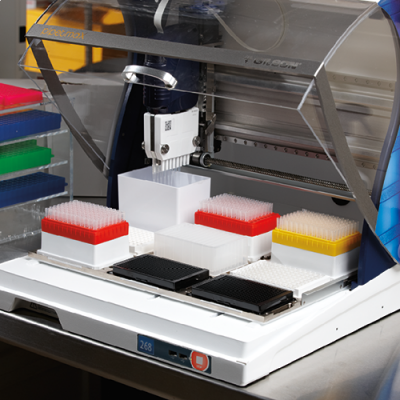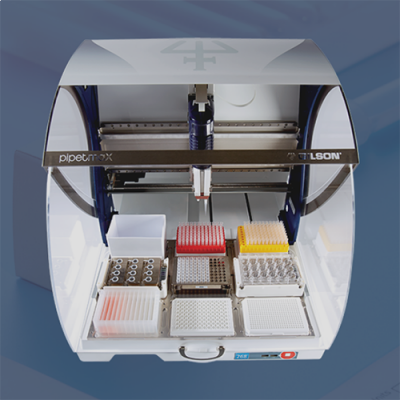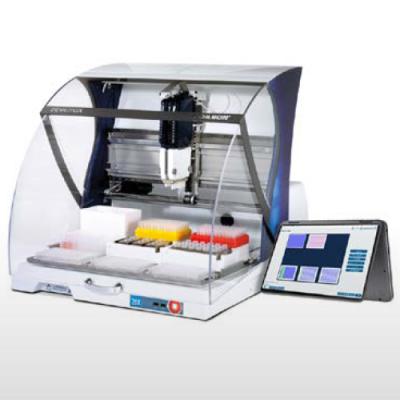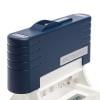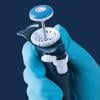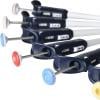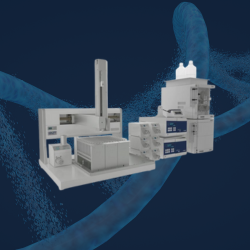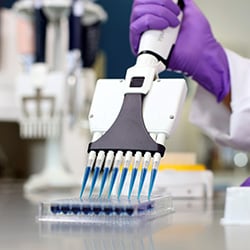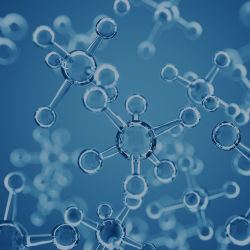How do you process 2,000 RT-qPCR reactions in a week from 200 different locations to monitor the potential outbreak of COVID-19 in communities? Dr. Chung-Ho Lin from the University of Missouri is part of a group of researchers using wastewater surveillance for COVID-19 outbreak detection.
The use of wastewater surveillance to detect outbreaks of COVID-19 is a valuable tool in fighting the virus. Dr. Lin noted that in one instance, only one positive clinical test in a specific community caused little alarm, but when 24% of wastewater samples were positive for SARS-CoV-2, then health officials knew the extent of the infection was much more significant than anticipated.
Dr. Lin is not alone in his efforts to streamline community detection and response capabilities using wastewater surveillance for COVID-19 infections.
Here, we discuss the processes, solutions, and challenges that Dr. Lin and other researchers using wastewater surveillance need to overcome and how their research is paving the way for improving community safety using these analytical methods.
Key Takeaways:
- Wastewater surveillance was postulated as a theoretical method for detecting outbreaks of the SARS-CoV-2 virus in populations
- Researchers at the University of Missouri developed a protocol to identify COVID-19 outbreaks from 200 different locations using an automated liquid handling robot
- Using the PIPETMAX® automated liquid handler, researchers can process 2,000 RT-qPCR reactions every week
- By automating sample preparation, researchers can now provide public health officials with results in as little as 12 hours
How Wastewater Surveillance for COVID-19 Outbreak Detection Works
Wastewater surveillance emerged as a viable method to track the spread of COVID-19 infection rates. With clinical approaches, detection rates usually lag behind infection due to the delay in symptoms as the virus is present in a population. Early in the pandemic, wastewater surveillance was postulated as a theoretical approach to improving outbreak detection using sampling and RT-qPCR analysis methods.
Figure 1. Diagram of timelines required for COVID-19 detection using different analytical methods
Credit: Nature
Since then, researchers started working together across the world using wastewater COVID-19 sampling and detection techniques to aid public health efforts. The numbers are quite staggering.
In one paper, researchers found:
- Wastewater detection could help monitor 2.1 billion people from only 105,600 sewage plants
- This method removes bias from detection by requiring fewer screening resources within communities
- Gathering population-wide clinical data is cost-prohibitive, while wastewater detection of COVID-19 presents a cost-effective alternative
The COVID-19 RT-qPCR Wastewater Surveillance Process
The process starts by collecting 50 mL samples over a 24-hour period every five minutes. The total sample volume for that period is 14.4 L. After adjusting the pH for each 50 mL sample to 3.5 - 4, researchers pass it through an electronegative filter at about 8-bar pressure.
Once the viral particles adhere to the filter material, the samples go through a variety of preparation steps before it’s ready for the subsequent RT-qPCR analysis. In Dr. Lin’s process, he then compares samples according to a calibration curve that determines the viral copy numbers down to a little as five copies to predict the rate of infection in the population.
Challenges with the COVID-19 Wastewater Surveillance Workflow
The sheer volume of samples makes it essential to have a streamlined liquid handling workflow that ensures repeatable and accurate results. Dr. Lin and his team opted to use the PIPETMAX® for RT-qPCR setup.
The PIPETMAX uses PIPETMAN® technology for high-throughput liquid sample preparation. This allows for the quick processing of samples with a report on results in as little as 12 hours. When using this approach for COVID-19 detection in wastewater, the turnaround from sample collection to analysis is essential to make the protocol a viable tool in responding to outbreaks of the virus.
Without an automated liquid handling solution, the risk of user-to-user variability is greater, and technicians would not be able to handle the sampling volumes required to be effective.
Benefits of Using the PIPETMAX for Liquid Handling
Dr. Lin had to analyze samples from 200 locations accurately for every 24-hour period of the surveillance. The throughput required for achieving this level of sampling and accuracy depends on a versatile, bench-top automated liquid handling system.
PIPETMAX supports a multitude of different applications using kits for:
- RT-qPCR and PCR
- ELISA and Kinase Assays
- Protein and Cell-Based Assays
- Enzymatic reactions and NGS library preparation
As the ultimate lab assistant, PIPETMAX increases the pace and consistency of routine pipetting tasks without compromising repeatability. Automating the liquid handling tasks freed researchers to focus on the analysis portion of the workflow and produce results that informed health officials about any outbreak quickly.
According to Dr. Lin, using the PIPETMAX almost non-stop enables them to process about 2,000 RT-qPCR reactions every week. Without the PIPETMAX liquid handler, this accuracy, precision, and consistency would simply not be possible.
The Next Phase of COVID-19 Wastewater Surveillance
The first step was proving that it’s possible to detect an outbreak of COVID-19 using wastewater surveillance quickly. Now, the team will also shift their focus to tracking the different variants of COVID-19 that have emerged from the UK, South African, and Brazilian mutations, including Omicron.
Dr. Lin already noted that the variants are now the predominant cause of infection in many of the samples analyzed. The use of wastewater surveillance can help strengthen public health response, as it’s much quicker to identify these variants using this protocol compared to the clinical analysis of nasal swabs.
Figure 2. Diagram showing the lineage of SARS-CoV-2 variants with selective advantages
Credit: ECDC
Automated Liquid Handling Solutions from Gilson
This is just one instance where Gilson works with researchers to optimize their throughput without compromising the consistency of the results by using innovative products like the PIPETMAX. The fight against the coronavirus is by no means over, and researchers need access to liquid handling solutions that can speed up the detection of outbreaks worldwide. Gilson remains committed to helping scientists in this fight.
For more information about Gilson’s automated liquid handling capabilities, get in touch today.

















